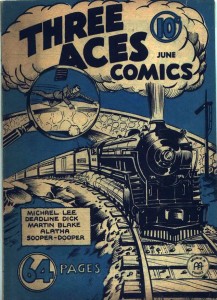
Imagine that time in Canada during the early forties with the spectre of war looming over the homefront. No internet, no computers, no reality shows (except for war newsreels) or TV to speak of and everything in film-noir black-and-white. The things that impressed were thick, heavy, mechanical war machines. These were the real-world super hero sloggers against the Axis and they featured prominently on the black-and-white pages of the Canadian WECA books.
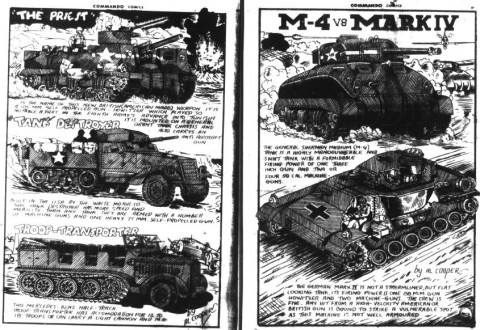
First by land: Trains and tanks seem hard to find on WECA covers and in features but there’s a prominent train screaming out of the blue cover of Three Aces Comics Vol. 1 No. 5 (June, 1942). These transporters were great targets for home front sabotage. Al Cooper, who probably championed war machine graphics more than any other WECA artist, gives us a double-page spread of tanks and related land vehicles in Commando Comics 5 (May/June 1943).
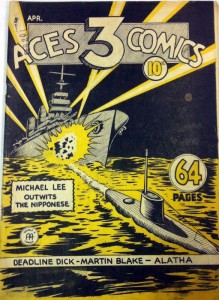
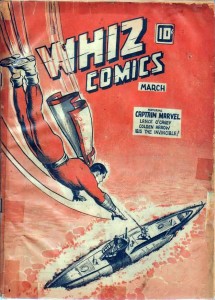
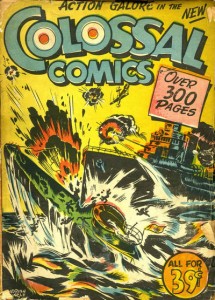
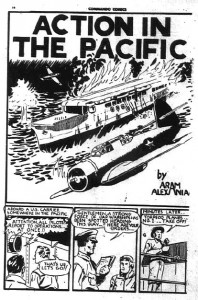
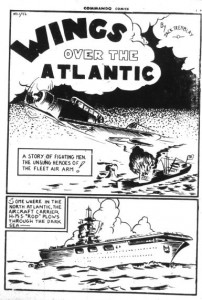
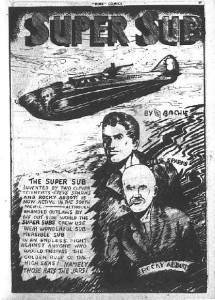
Second by sea: Perhaps the earliest WECA battleship cover, (maybe also be the earliest submarine WECA cover) is the iconic Aces 3 No. 4 (April 1942) black and yellow cover, though it doesn’t seem to indicate which of the two is the enemy. This is carried on through the WECA period with covers like Anglo-American’s Whiz Comics No. 5 with the Cap dive-bombing an enemy sub right through to 1945 with a cover for unnumbered Colossal Comics with a Dingle gem that reverses the situation in that original Aces 3 No. 4 cover. In between we have such features as Aram Alexanian’s “Action in the Pacific,” Jack Tremblay’s “Wings over the Atlantic” and Al Cooper’s “Super Sub” series which all depict sea machinery but also often connect us to our final element, the sky.
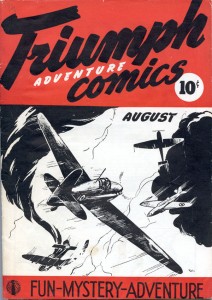
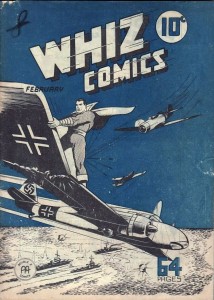
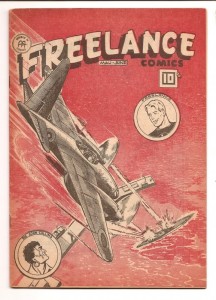
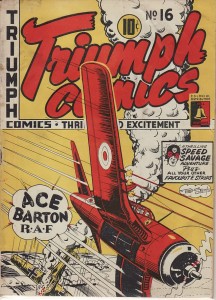
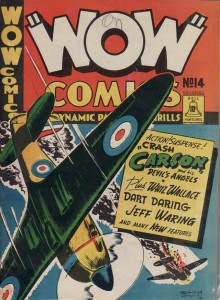
Third by air: Our first WECA airplane cover has got to be Triumph-Adventure Comics No. 1 from August of 1941 and this theme is supported throughout the WECA era in covers such as Whiz Comics No. 16, Freelance Comics Vol. 3 No. 2 and Triumph Comics No. 16 and Wow Comics No. 14. Though we had many WECA series devoted to “Air Aces” such as Jack Tremblay’s Crash Carson in Wow Comics, Ross Saakel’s Ace Barton in Triumph Comics, the dean of airplane illustrators in WECA comics has to be Al Cooper with his “Scotty MacDonald” series in Dime Comics even though his very best page may be the splash for a “Clift Steele” (created by Leo Bachle in Commando Comics No. 1) story from Commando Comics No. 7.
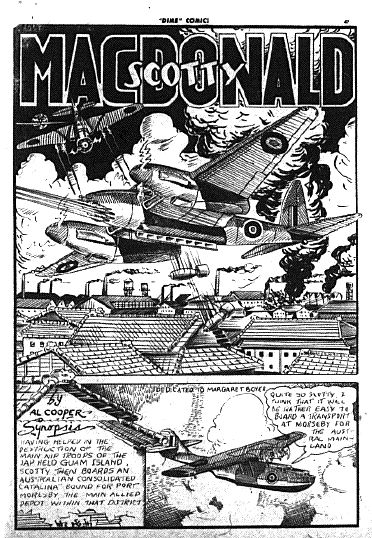
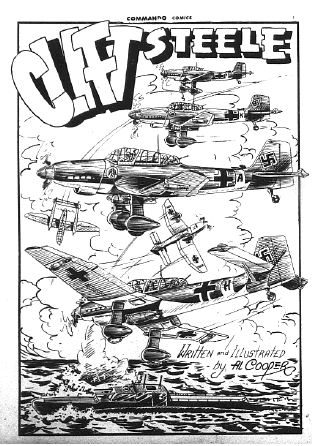
There we have it, no drones, no cyber warfare, no nuclear threat. Just straight on manned-machine against manned-machine World War II cage fighting on land, in the sea and in the air.



